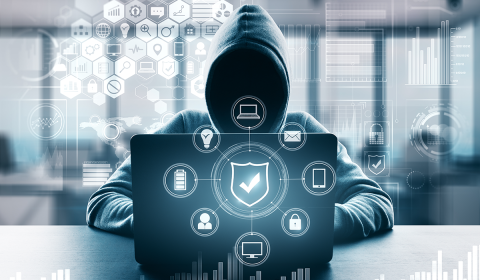In a previous article, we sought to warn you about cyber risks, the computer security threats that threaten your business. We also gave you some tips on how to avoid a hacking situation and reminded you of the importance of having cyber risk insurance.
In the event of such an attack, are you aware of where your “stolen” data goes? In the hands of experienced hackers, it could be distributed to anyone who is willing to pay on the so-called Dark Web.
What is the Dark Web?
It is in fact the hidden part of the World Wide Web, inaccessible to the average person using popular browsers like Microsoft Edge, Mozilla Firefox or Google Chrome. In other words, you’ll probably never have to go to that place about which you regularly hear not-so-great stories.
Indeed, the dark side of the Internet is generally described as dangerous and as a place where all sorts of illicit activities take place: drug sales, gun trafficking, stolen credit card exchanges, identity theft and worse. So if we know what this part of the Web is, why don’t the authorities just shut it down, you might ask? Because it can actually be beneficial in some ways…
An Honest Beginning
It is wrong to think that the dark web was created for fraudulent activities by bandits in need of thrills. In fact, it was developed by the American government, among others, for secret communications with intelligence agencies. Over time, several countries have also joined, so that today, the network has several servers set up around the world. If the network were to be disconnected on the American side, the rest of the network would still exist.
No organization, company or government is responsible for it or able to enforce any rules. This is why it is usually associated with illegal activities.
Anonymity Does not Always Rhyme with Crime
As mentioned above, the dark web is not limited to illicit activities. It is a safe environment for journalists to share the results of their investigations, it is used by citizens living in dictatorship countries to communicate freely, it is still used for secret intelligence communications and it is also a tool for political activists.




